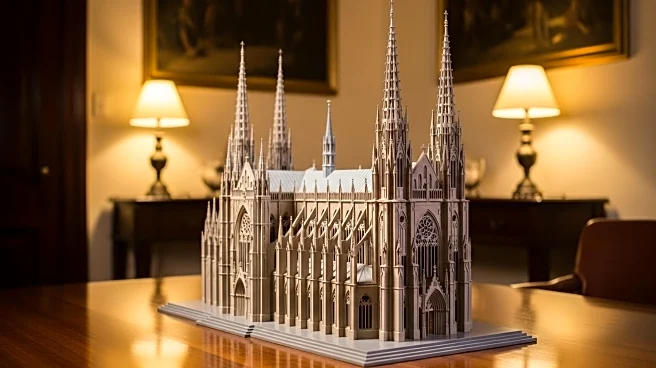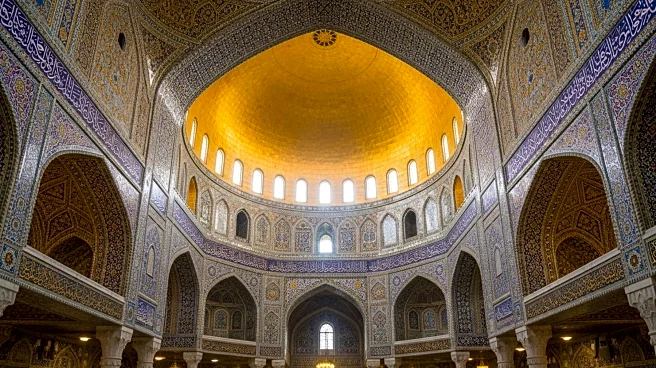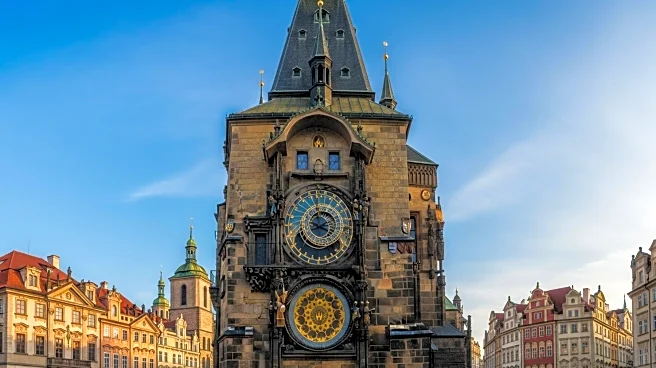King Ludwig II of Bavaria was a monarch with a unique vision, and his leadership in the creation of Neuschwanstein Castle is a testament to his dedication to art and culture. Ludwig's decision to build the castle was driven by his admiration for Richard Wagner and his desire to create a retreat that embodied the romantic ideals of the time. Despite financial challenges, Ludwig's unwavering commitment to his vision resulted in one of the most iconic castles in the world.
Leadership Context
Ludwig II's leadership was characterized by his passion for the arts and his desire to create a personal sanctuary. His decision to commission Neuschwanstein Castle was influenced by his love for Wagner's operas and his fascination with medieval architecture. Ludwig's leadership style was unconventional, prioritizing artistic expression over political concerns, which ultimately shaped the castle's unique design and purpose.
Decisions and Strategies
Ludwig's strategic decisions in the construction of Neuschwanstein involved funding the project through his personal fortune and borrowing extensively. He selected architects Christian Jank, Eduard Riedel, and Georg von Dollmann to bring his vision to life, ensuring that the castle reflected his romantic ideals. Ludwig's focus on aesthetic and cultural elements over practicality was a defining aspect of his leadership strategy.
Outcomes and Accountability
The outcome of Ludwig's leadership is evident in the completion of Neuschwanstein Castle, which stands as a symbol of his artistic vision. Despite facing financial difficulties and criticism, Ludwig's commitment to his project resulted in a cultural landmark that continues to attract visitors worldwide. His leadership, while controversial, ultimately succeeded in creating a lasting legacy.
Lessons for U.S. Audiences
U.S. audiences can learn from Ludwig II's leadership by appreciating the importance of vision and dedication in achieving ambitious goals. His focus on cultural and artistic expression over conventional leadership priorities offers insights into the value of pursuing one's passions. Ludwig's story serves as a reminder of the impact that visionary leadership can have on cultural heritage.
 Discover Daily • 8 min read
Discover Daily • 8 min read 








